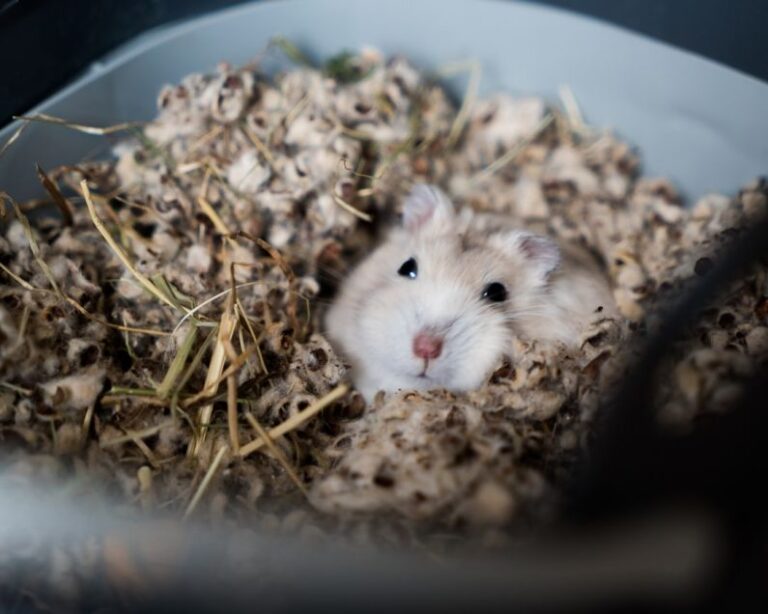
Hamsters make adorable and low-maintenance pets, but like any other animal, they can fall ill from time to time. As a responsible hamster owner, being able to recognize and treat common ailments at home can help ensure the well-being of your furry friend. Here are some tips on how to treat common hamster ailments at home.
Identifying Signs of Illness
Before jumping into treatment options, it’s crucial to be able to recognize when your hamster is unwell. Common signs of illness in hamsters include lethargy, loss of appetite, hunched posture, discharge from the eyes or nose, diarrhea, and changes in fur appearance. If you notice any of these symptoms, it’s essential to act promptly to address the issue.
Respiratory Infections
Respiratory infections are a common ailment in hamsters and can be caused by factors such as stress, drafts, or poor cage hygiene. If your hamster is displaying symptoms like sneezing, wheezing, or labored breathing, you can help alleviate their discomfort by providing a warm and draft-free environment. Placing a humidifier near their cage can also help ease respiratory symptoms. Ensure the cage is cleaned regularly to prevent further respiratory issues.
Diarrhea
Diarrhea in hamsters can be caused by a sudden change in diet, stress, or bacterial infections. To help your hamster recover from diarrhea, consider temporarily switching to a bland diet of cooked rice and boiled chicken. Make sure to provide fresh water at all times to prevent dehydration. If the diarrhea persists for more than a day or is accompanied by other concerning symptoms, it’s best to consult a vet for further guidance.
Skin Issues
Skin problems such as mites or fungal infections can cause discomfort for your hamster. If you notice your hamster scratching excessively or developing bald patches, it may indicate a skin issue. To treat mites, you can use a small amount of olive oil to gently massage your hamster’s fur, which can help suffocate the mites. For fungal infections, an antifungal cream recommended by a vet can be applied to the affected areas. Keep your hamster’s cage clean and dry to prevent further skin problems.
Overgrown Teeth
Hamsters’ teeth continuously grow throughout their lives, and if not worn down properly, they can become overgrown and lead to dental issues. Providing chew toys made of safe materials like wood or cardboard can help keep your hamster’s teeth at a healthy length. If you suspect your hamster has overgrown teeth, it’s essential to seek veterinary care for proper trimming to prevent further complications.
Preventing Illness
While knowing how to treat common hamster ailments is essential, prevention is always better than cure. Maintaining a clean and stress-free environment for your hamster, providing a balanced diet, and ensuring regular vet check-ups can help prevent many common health issues in hamsters. Regularly cleaning the cage, providing fresh food and water daily, and handling your hamster gently can all contribute to their overall well-being.
In conclusion, being a vigilant and caring hamster owner involves being able to recognize and address common ailments that may affect your pet. By following these tips on how to treat common hamster ailments at home, you can help keep your furry friend happy and healthy. Remember to always consult a veterinarian if you are unsure about the best course of action for your hamster’s health.





